Like their namesake, this post should be small and quick. Unlike them…I hope… it should not be annoying.
Looking through my fly boxes, I realized that I had no midge or midge-like flies in stock, so I took a few minutes to whip up some Griffith’s Gnats, just to round out the arsenal. By many accounts, an excellent fly for midge imitation, and perhaps can appear as a pair of midges or small grouping.
Materials are very straightforward and simple:
- #20 Dry Fly hooks
- #20 Burnt Orange Grizzly hackle (I just didn’t have a plain “Grizzly”, and I like this color in a fly, anyway).
- Peacock herl (I had blue-tinted)
- 12/0 Veevus Black thread
Yes, just that simple, if you’ve never tied one. Also, if you are relatively new to fly fishing, you may not have experienced the use of a #20 hook. For reference, this is one on the eraser of a mechanical pencil.
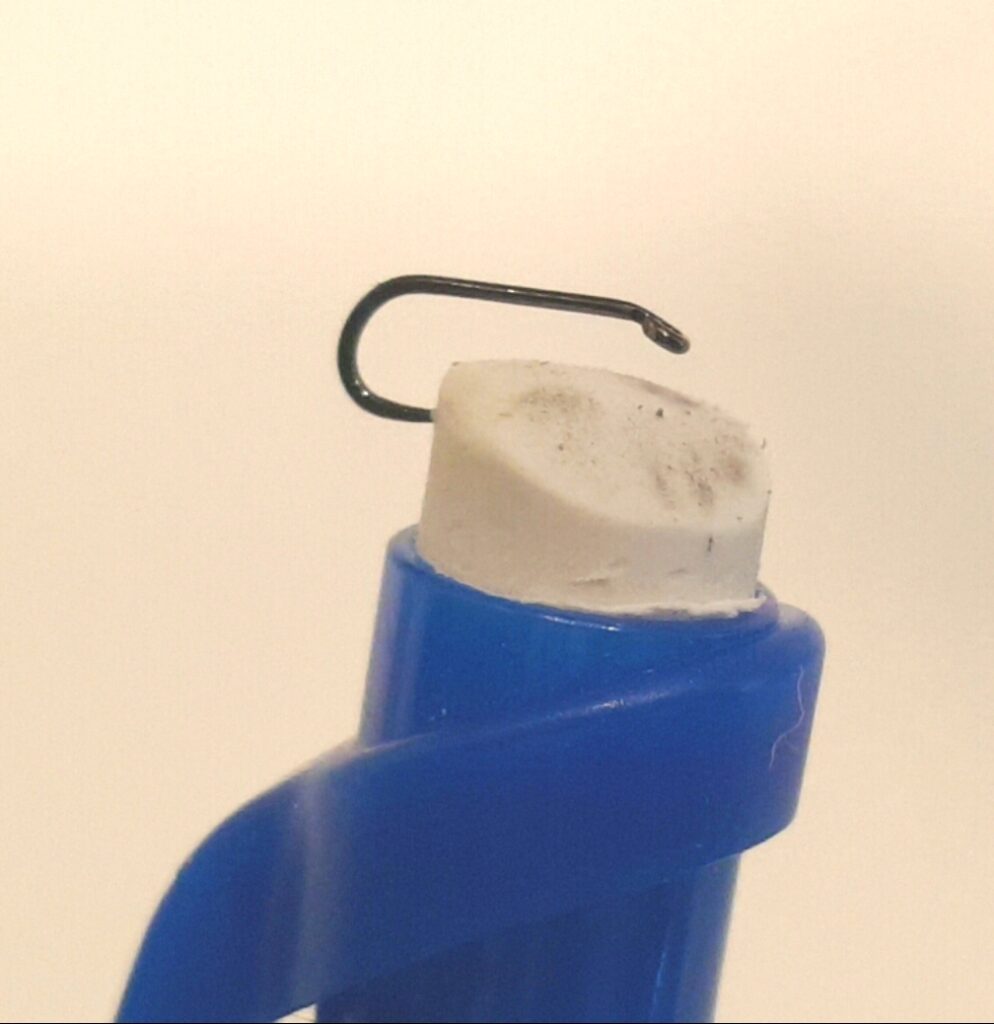
So…let’s get started.
Clamp into the vise and wrap on the thread, near the eye.
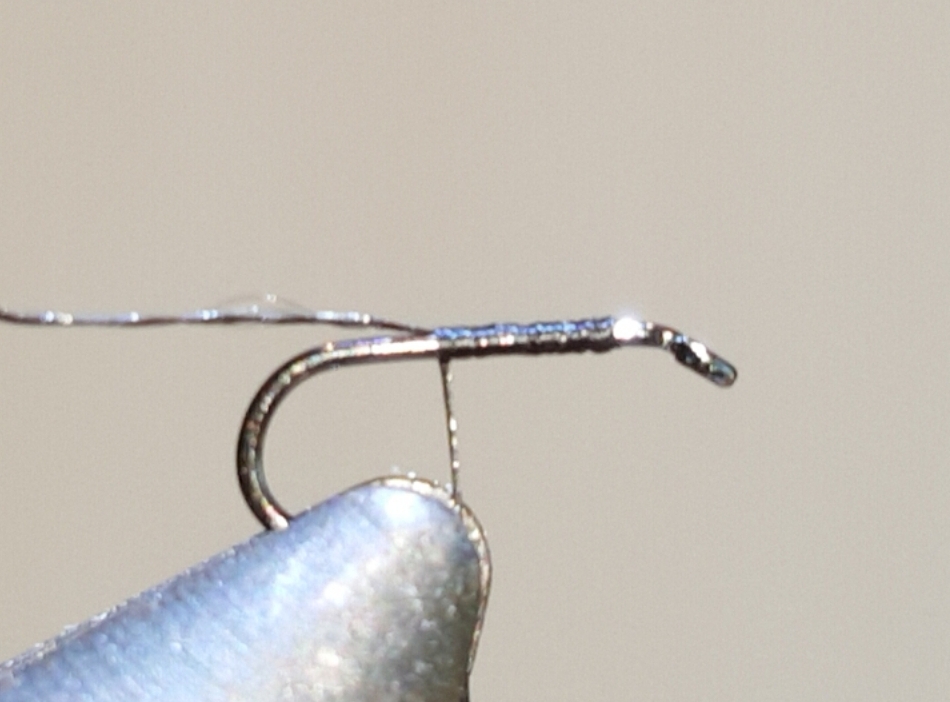
Trim the tab and wrap to the top of the bend, leaving a nice thread foundation.
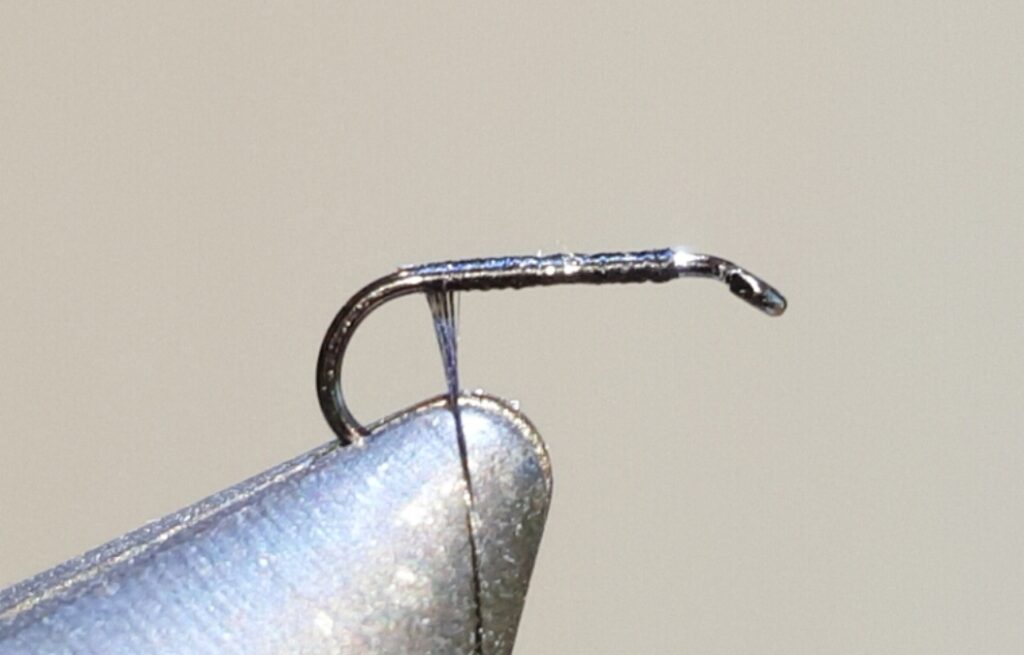
Tie in the tip of the herl.
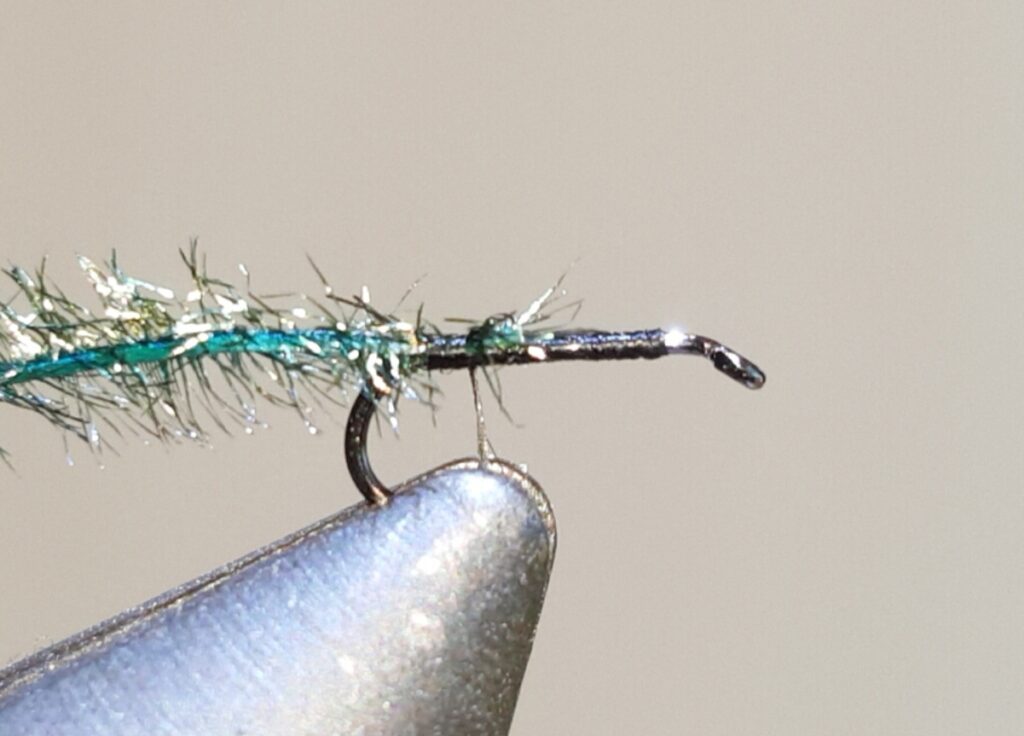
Then tie in the tip of the hackle, with a fair amount trimmed short.
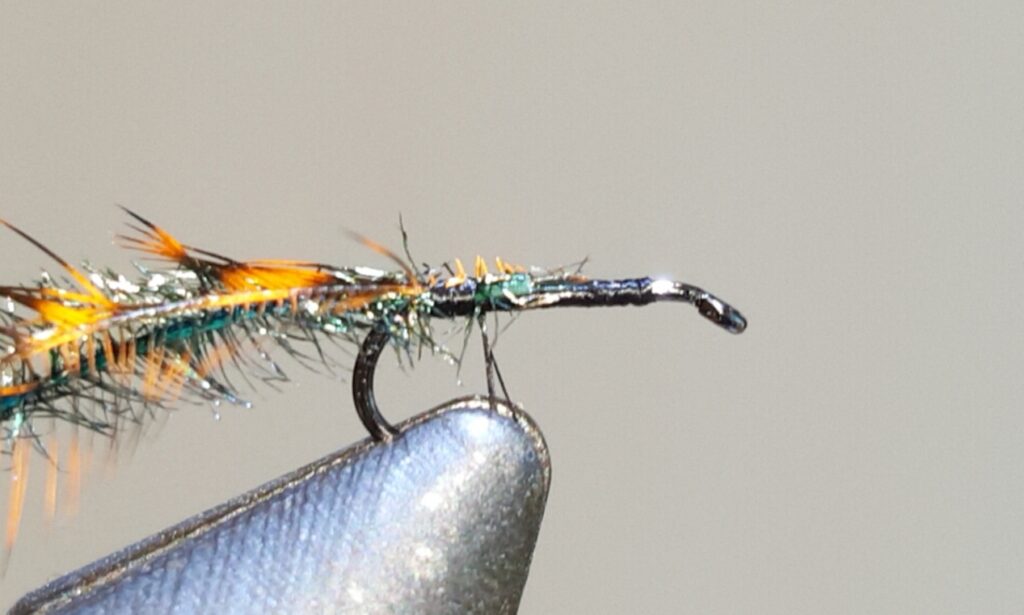
At this point, a few tight wraps to really lock down the herl and hackle, then wrap forward until you end up with the thread hanging just about where the initial tie-in occurred. When you get there, the herl is then tightly wrapped in touching turns, until it comes forward enough to be tied down where the thread hangs.
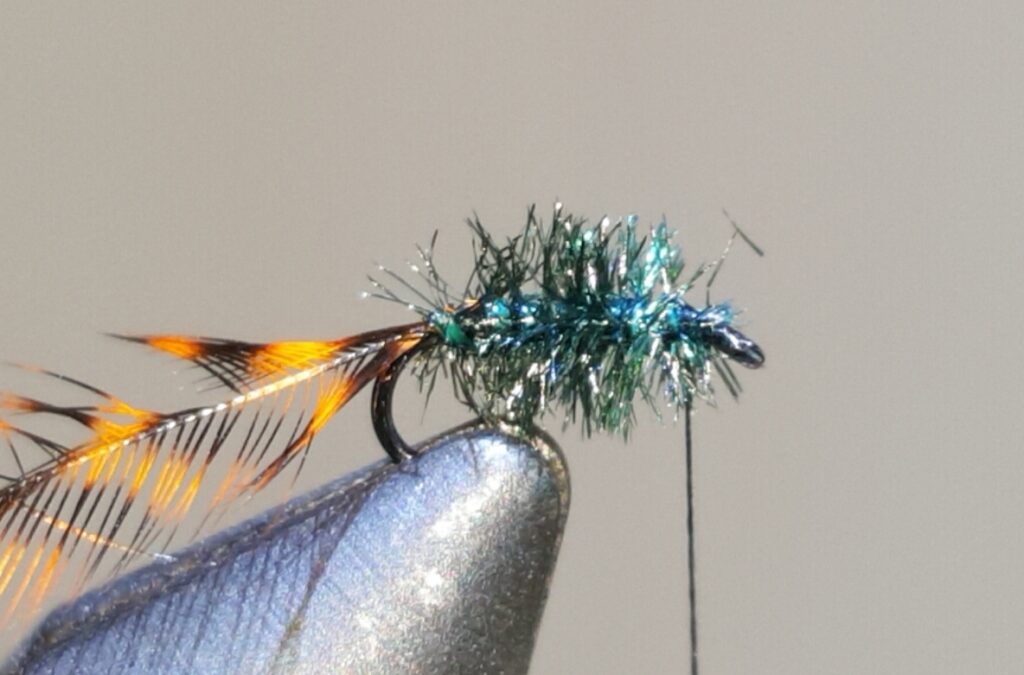
Following this, you are going to palmer the hackle over the herl, coming forward. As I’ve mentioned on other fly projects, the direction of the palmering, either with or across the layer you will wrap over, is up to you. For this fly, given how fragile herl can get, I chose to wrap opposite.
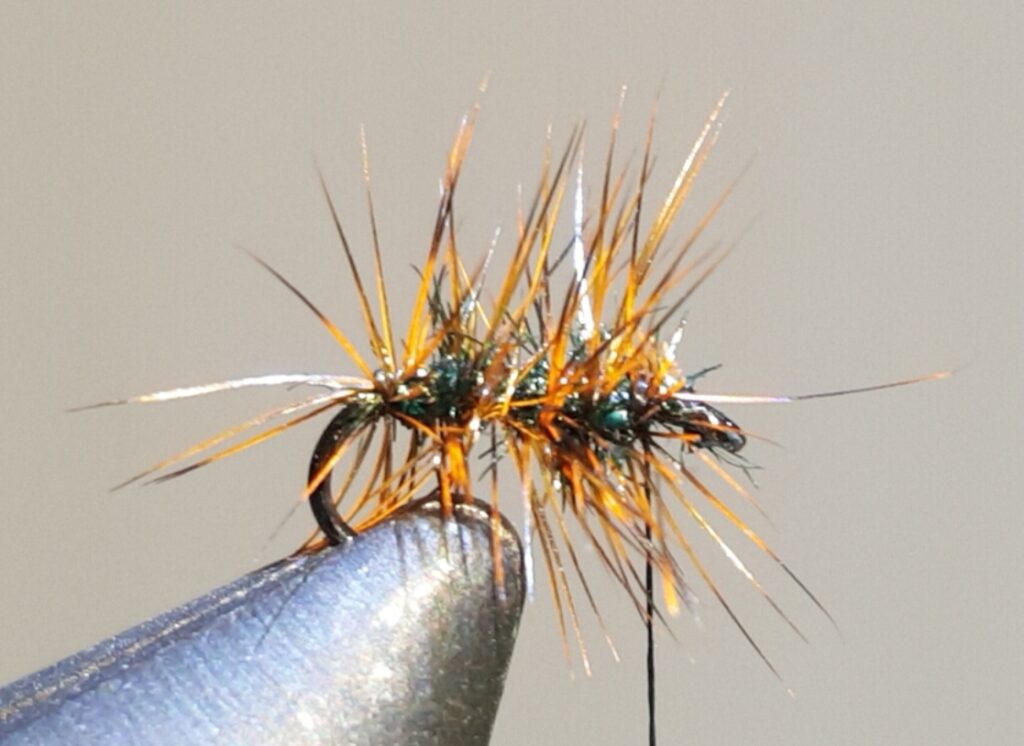
I tend to think this will help prolong the life of the fly…with the expectation that some trout may be mouthing it, in the near future, and I want the tougher hackle core as kind of an “outer layer.”
Clean up the head, tight wraps to really lock down the hackle and herl ends, then whip finish and head cement.
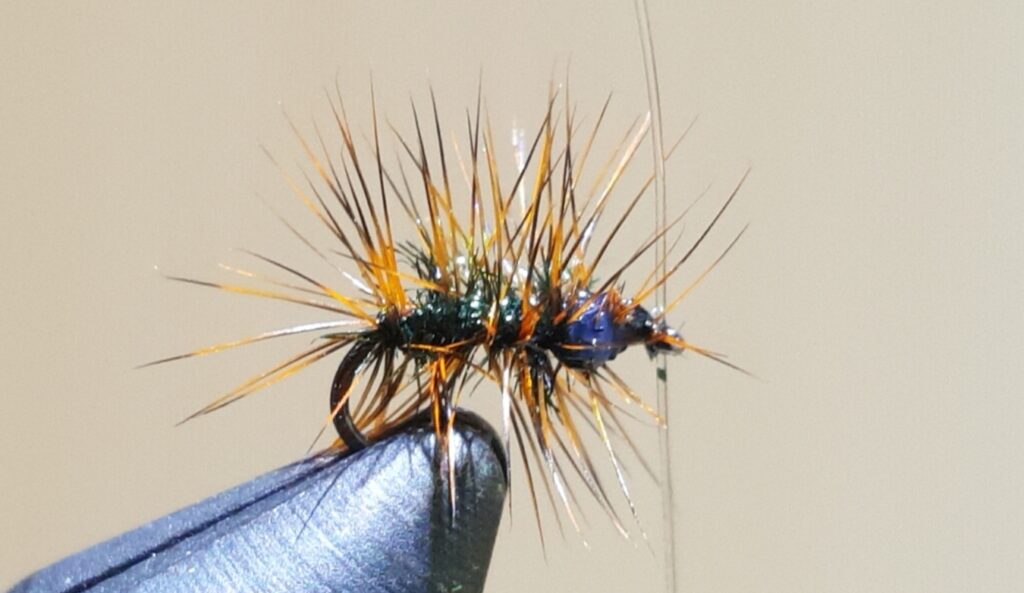
That thick piece of clear material through the hook eye is actually a section of 4x tippet that I run through, to ensure the head cement doesn’t seal the eye. Funny how thick it looks, compared to this fly.
There you have it. My take on a Griffith’s Gnat. Not sure when I will need one, but it falls into that category of “better to have one and not need it, than to need one and not have it.”
Tight lines…

Griffith’s Gnat is a pretty good midge pattern but I’ve had better luck with these two:
Herter’s Midgehttps://vimeo.com/303171951
Morgan’s Midgehttp://flyfishsd.com/morgans-midge-fly-tying-video/
The first one is a killer dry fly for me in Missouri’s spring-fed streams. The second one sits a little lower in the water and has been effective for me throughout the Midwest.
Excellent. I will give those a peek. Thank you!